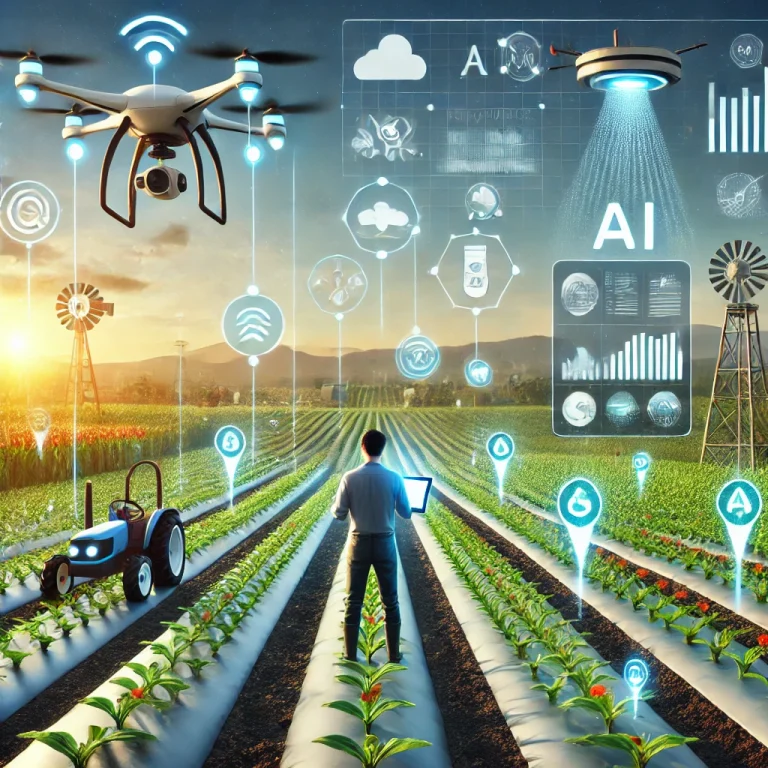AI-Driven Chatbots in Public Transportation: Streamlining Passenger Communication

The integration of AI-driven chatbots in public transportation is transforming how passengers interact with transit systems, making travel more efficient, convenient, and user-friendly. This technology enhances passenger experiences by providing real-time information, streamlining operations, and improving overall communication.
Enhancing Passenger Interaction
AI-driven chatbots offer passengers real-time updates on schedules, routes, and delays. These chatbots can answer frequently asked questions, provide directions, and assist with ticket bookings. By integrating chatbots into transit apps and websites, passengers have instant access to vital information, reducing confusion and enhancing their travel experience. For instance, a passenger can quickly check the status of their bus or train through a simple voice command or text query.
Improving Operational Efficiency
Chatbots help streamline public transportation operations by handling routine inquiries and tasks that would otherwise require human intervention. This allows transit authorities to allocate their human resources more effectively and focus on more complex issues. Chatbots can manage high volumes of passenger queries simultaneously, ensuring that information is disseminated quickly and accurately, which is particularly useful during peak travel times or service disruptions.
Personalized Travel Assistance
AI-driven chatbots can provide personalized travel assistance by learning user preferences and travel patterns. For example, a chatbot can suggest optimal routes based on a passenger’s daily commute or notify them of changes to their usual transit schedule. This level of personalization not only enhances the passenger experience but also encourages the use of public transportation by making it more convenient and reliable.
Integration with Broader Systems
Integrating chatbots with broader transportation systems and platforms allows for a more cohesive and unified passenger experience. By connecting with other smart city initiatives and transportation networks, chatbots can offer comprehensive travel solutions. For example, they can provide seamless multimodal travel options, combining bus, train, and bike-share services into a single, coordinated journey. This integration helps reduce the complexity of urban travel and supports the development of smarter, more connected cities.
For more information on integrating AI-driven chatbots with existing systems, visit Certainly’s integration and channels page.
Future Prospects
The future of AI-driven chatbots in public transportation is promising, with advancements in natural language processing and predictive analytics on the horizon. These technologies will enable chatbots to offer even more accurate and context-aware assistance. As AI continues to evolve, chatbots are expected to play a crucial role in enhancing passenger experiences, improving operational efficiency, and supporting the development of smarter transportation systems.
Conclusion
The integration of AI-driven chatbots in public transportation is revolutionizing passenger communication and interaction. By providing real-time information, personalized assistance, and seamless integration with broader systems, chatbots are making public transit more efficient, reliable, and user-friendly. This technological advancement promises to enhance the overall travel experience and support the growth of smarter, more connected cities.

